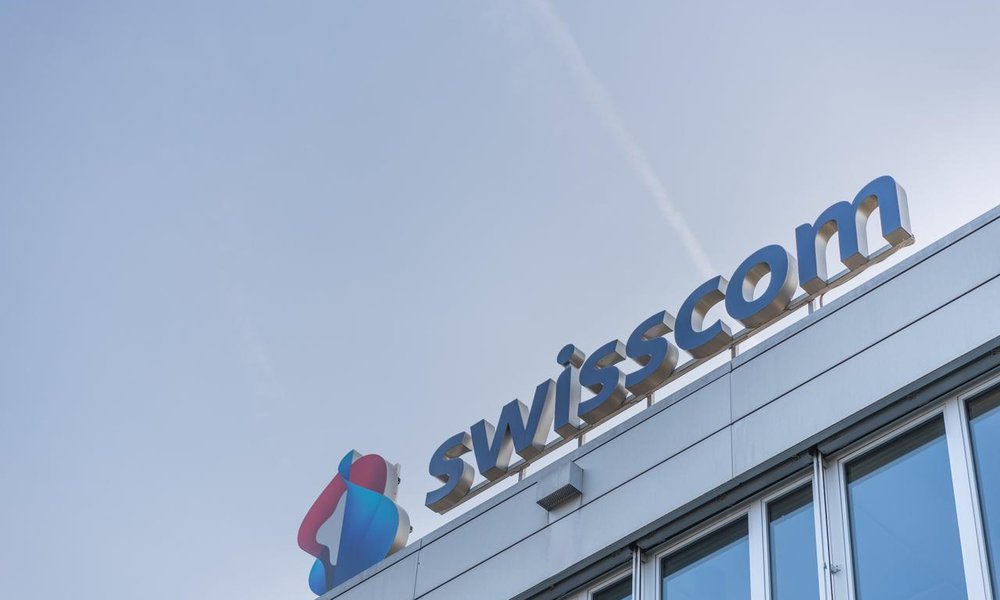Swisscom and Netcracker awarded for initiative to drive service growth and efficiency through major OSS overhaul based on TM Forum’s Open Digital Architecture.

Swisscom revs service innovation with ODA-based transformation
Who: Swisscom and Netcracker
What: Overhauled legacy OSS and operations to accelerate new service innovation, increase efficiency, and improve service stability.
How: With strategic partner Netcracker, the operator built the Swisscom Digital Architecture based on TM Forum’s Open Digital Architecture that disaggregates legacy IT systems into 30 autonomous operational domains, known as ODMs. IP Transport ODM was first to be fully automated and established blueprint for rapid ODM rollout.
Results:
Swisscom has redesigned its network IT estate based on TM Forum’s Open Digital Architecture (ODA) to accelerate service innovation and reduce operational costs. The operator’s mission is to be the most “trusted tech innovator” in Switzerland and Italy, but old IT tech and ways of working created inefficiencies that held back new service development, including non-telecom offerings, and network-as-a-service (NaaS) ambitions.
In the legacy IT environment, making changes to products was complex and time-consuming. Service enhancements involved as many as 10 OSS systems, triggered more than 25 changes, and took nine months. For service extensions or process changes, it would take10 to15 IT system owners to plan and align the adaptations across relevant systems. Intricate IT interdependencies, a lack of automation, and unwieldy centralized inventory systems added further hurdles.
Swisscom recognized that to overcome these limitations, it would need to break up monolithic architectures, minimize IT dependences, and enable teams to work independently.
Swisscom launched a comprehensive overhaul of its OSS and operations with strategic partner Netcracker. It created the “Swisscom Digital Architecture” (SDA), which is built on TM Forum’s ODA framework, and broke up tightly coupled legacy OSS systems into 30 disaggregated autonomous operational domains, referred to as ODMs. Examples of ODMs include IP transport, wireline access (GPON), and optical transport.
Each ODM has its own NetDevOps team that controls the IT stack and operates like a small business within the operator, guided by the SDA. This setup, combined with service exposure via TM Forum Open APIs, removes IT interdependencies and enables team autonomy.
“It was a critical move to introduce ODA as an architectural blueprint. It helps us to coordinate IT transformation strategies, not only within the company, but also with our vendors. So in fact, we’re all speaking the same language. Given that Netcracker was one of the first vendors to be ODA-ready, it greatly simplified system design and alignment of our technical strategy,” said Rudolf Strijkers, Enterprise Architect at Swisscom.
With the new architecture established, the next step was to start modernizing each ODM to create fully autonomous domains that are interconnected via Open APIs. The first ODM to achieve TM Forum Autonomous Network Level 4 was the IP Transport domain, leveraging Netcracker’s Domain Orchestration Solution.
The cloud-native, autonomous IP Transport ODM has already delivered tangible business results, including shorter time-to-market, better service stability, and lower costs.
For example, service extensions take two weeks instead of up to nine months. Automated and real-time service chaining, either on demand or by design, enable innovative new services.
Service stability improved, while incidents after change decreased by 25%, thanks to the automated CI/CD pipeline.
By minimizing complexity and interdependencies, Swisscom achieved 30% cost savings, which supported the business case for network automation. Testing costs were reduced by 50% and regression testing times decreased from months to two or three weeks.
Higher team autonomy resulted in less Agile planning overhead. And with a federated, real-time inventory system, the resulting lightweight data models and automated operations for each domain reduced efforts by 20%.
The Swisscom Digital Architecture is a key pillar in the operator’s growth strategy, and the results from the autonomous IP Transport domain show why.
“Today, 30 ODMs are in production and operation. This gives us many benefits as we can identify synergies, create domain specific strategies, and align roadmaps across the company. It was a bold decision to reorganize this way, because we are now much better equipped to modernize our legacy OSS,” said Strijkers.
Swisscom’s OSS transformation is a significant company-wide initiative. As the operator continues to implement autonomous network domains, the ODMs directly or indirectly affect the services used by its 18 million customers.
Taking the learnings from the initial IP Transport ODM and adopting TM Forum’s ODA and Open API principles, Swisscom and Netcracker created an ODM blueprint that has accelerated domain deployment and made the new domains more cost efficient to run.
The blueprint ensures that each ODM uses industry standards and best practices while also helping teams adapt processes to new ways of working.
In addition, the domain IT is provided by Swisscom and Netcracker as a managed service to the domain teams, which has sped implementation time at a lower cost. New ODMs can be rolled out six to 12 months faster with 40% less development cost by tapping synergies between ODMs.
“We needed to make it easier and more convenient to consume IT as a Service, than to build it themselves in their domain. The developer experience of IT as a Service is a key element to scale the modernization and automation of new ODMs across the Swisscom business,” said Strijkers.
“Together with Netcracker's partnership and our innovative use of TM Forum ODA across the entire operations environment, we've achieved an enormous success. [This] also supported Swisscom to achieve its ambitious goals for growth and innovation,” he said.
Swisscom and Netcracker received TM Forum’s award for Excellence in Impact & Innovation for their pioneering work.